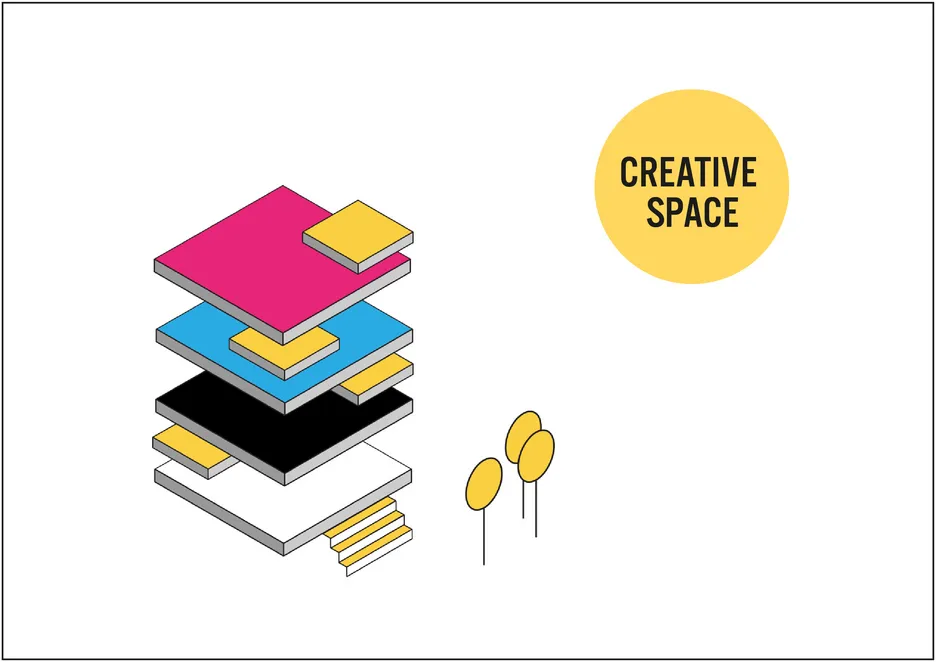Research Focus: "Creative Space"
Our research focus is on "Creative Space". Here we investigate the question of how spatial workplace design can increase creativity and support the design process on a functional, creative, emotional, social, epistemic, and cognitive level.
Our ongoing and planned research projects
Creative space and light
Creative space and biophilic design
Creative space and acoustics
Creative space and organizational culture
Creative space in self-driving vehicles

Research Methods
Design research has its own design-specific methods, but also draws on the repertoire of methods from other disciplines as needed. These methods can be supported by the use of new technologies.
Human-Centered Design
Human-centered design methods focus on people's needs and desires. By means of qualitative interviews, observations, and self-experimentation, potential problems are first uncovered and hypotheses and questions are derived, which guide the further design process.
Research-through-Design
Through the activity of designing itself, new insights emerge, for example about material properties or the perception of the object in context. This method distinguishes the design discipline from other disciplines, such as the natural or social sciences. Research through design and action research are an essential part of our design research approach.
NewTech4DR
Technology-supported design research (NewTech4DR) is one of our methodological specialties. People's interaction with design interventions can be measured by sensors or eye-tracking, for example, or the physiological response to this intervention can be captured and analyzed using EEG measurement or facial recognition software. VR and AR environments allow the simulation and testing of product innovations and environments involving the target audience. The potentials of such technologies are explored and leveraged at the Chair of Integrated Product Design. If necessary, new technology-based methods for design research are also developed.